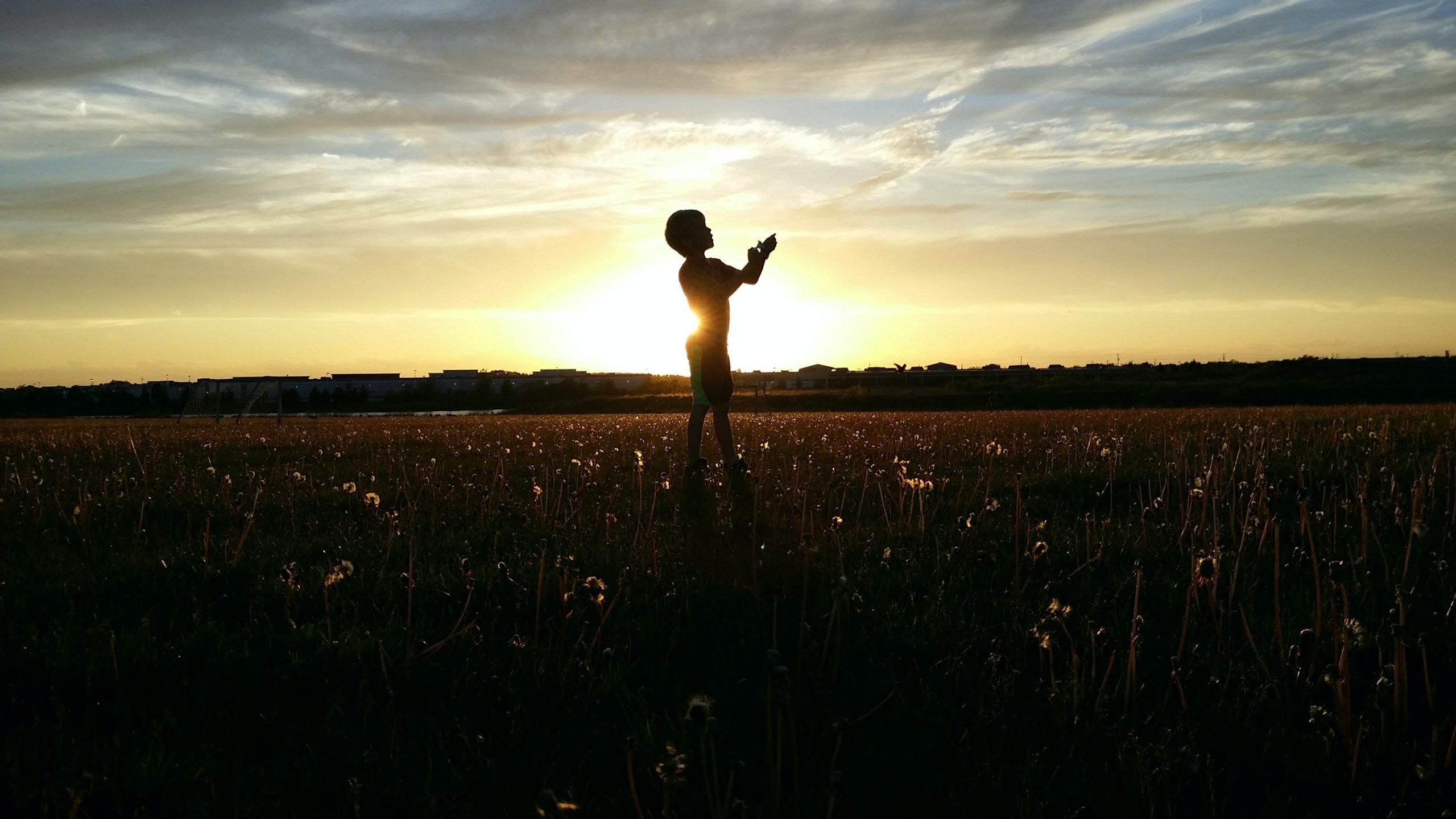

Descriptive writing uses details and the five senses to describe a person, place, thing, or event. Proper word choice and the use of adjectives are very important for the reader to create a picture in their mind. Similes and onomatopoeia (sound words) are some other examples of descriptive writing.
Basic Sentence: The leaf fell off the tree.
Detailed Sentence: The yellow leaf fell off the big tree.
Descriptive Writing: SWOOSH! The smooth yellow leaf floated down from the enormous oak tree.
Using the five senses is one of the best ways to incorporate descriptive writing. Describing sight, smell, hearing, taste, and touch will enable the reader to envision the words and better understand the writing. Although it may be difficult to use all five senses, even just using a few will enhance the reader’s experience.
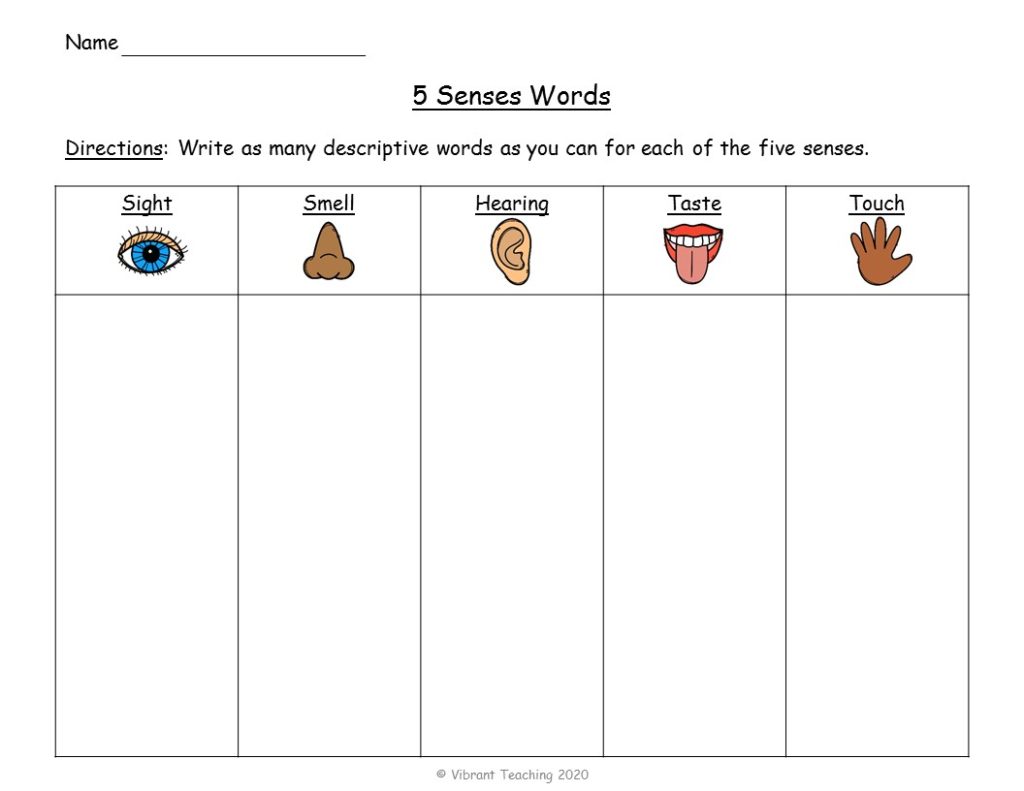
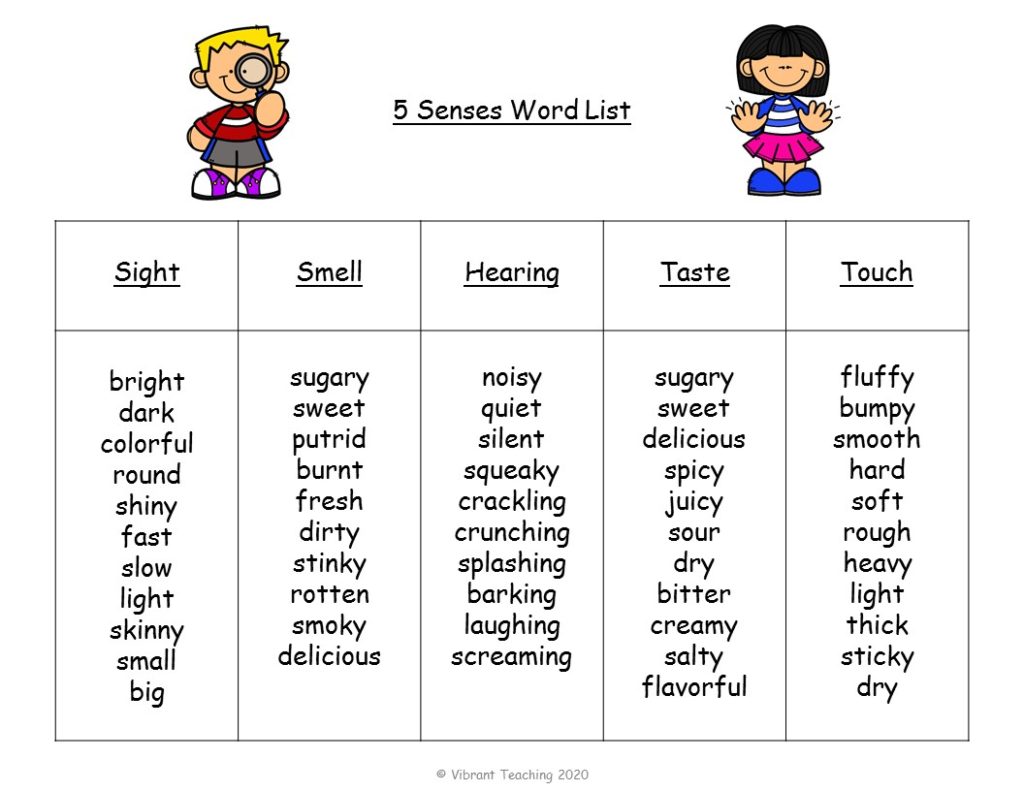
It’s fun to choose one topic and describe it in depth. Look at the list below for some examples of descriptive writing ideas for kids to try.
Winter by Mrs. Sutton
Cold harsh wind engulfs me like a tornado.
White fluffy snow falls from the sky.
WHOOSH! The sound of the sled as it races past.
The smell of logs burning in the fireplace.
Sweet hot cocoa hits my tongue.
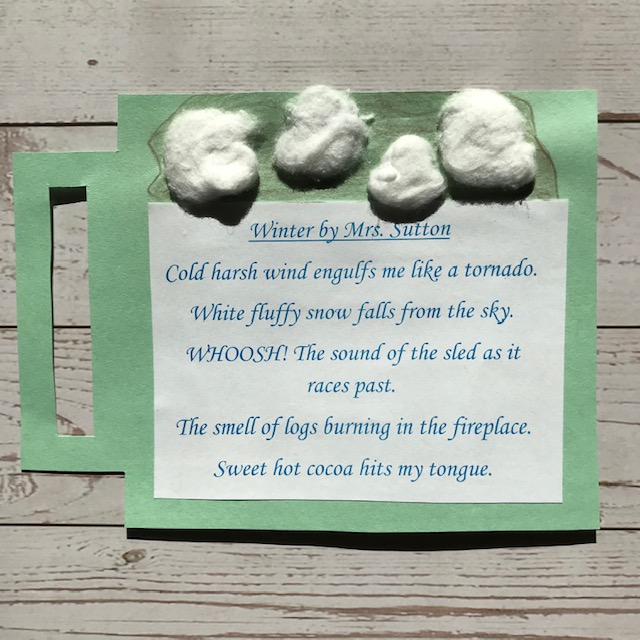
Autumn is Here by Mrs. Sutton
Bright vibrant red and yellow leaves.
The sound of leaves rustling in the wind.
Cool crisp air surrounds me.
The sweet smell of pumpkin pie as the warmth enters my mouth.
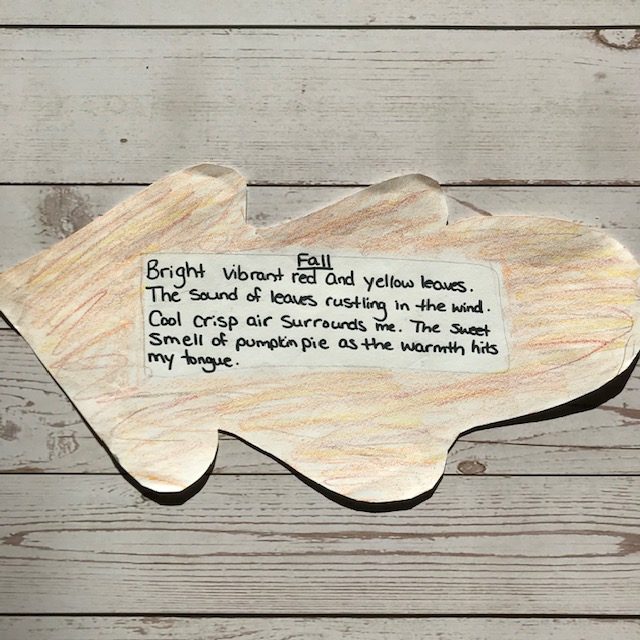
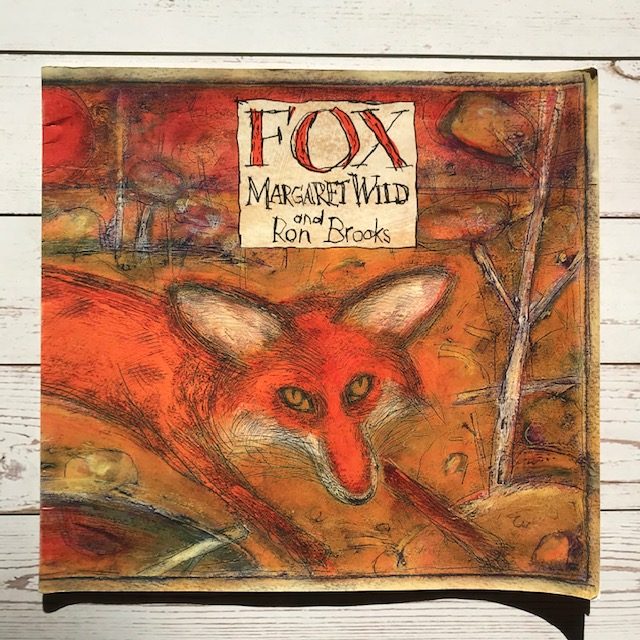
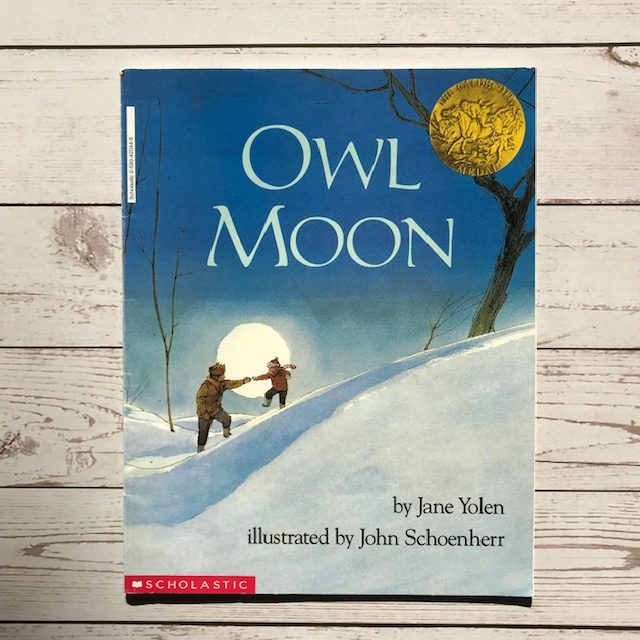
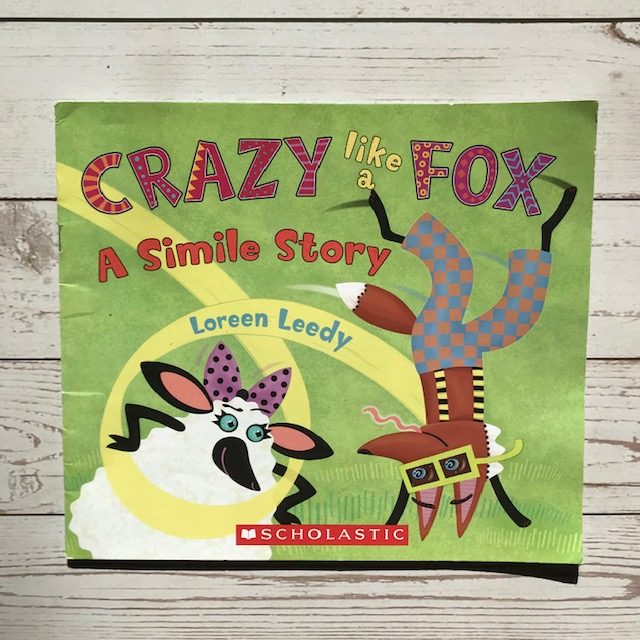
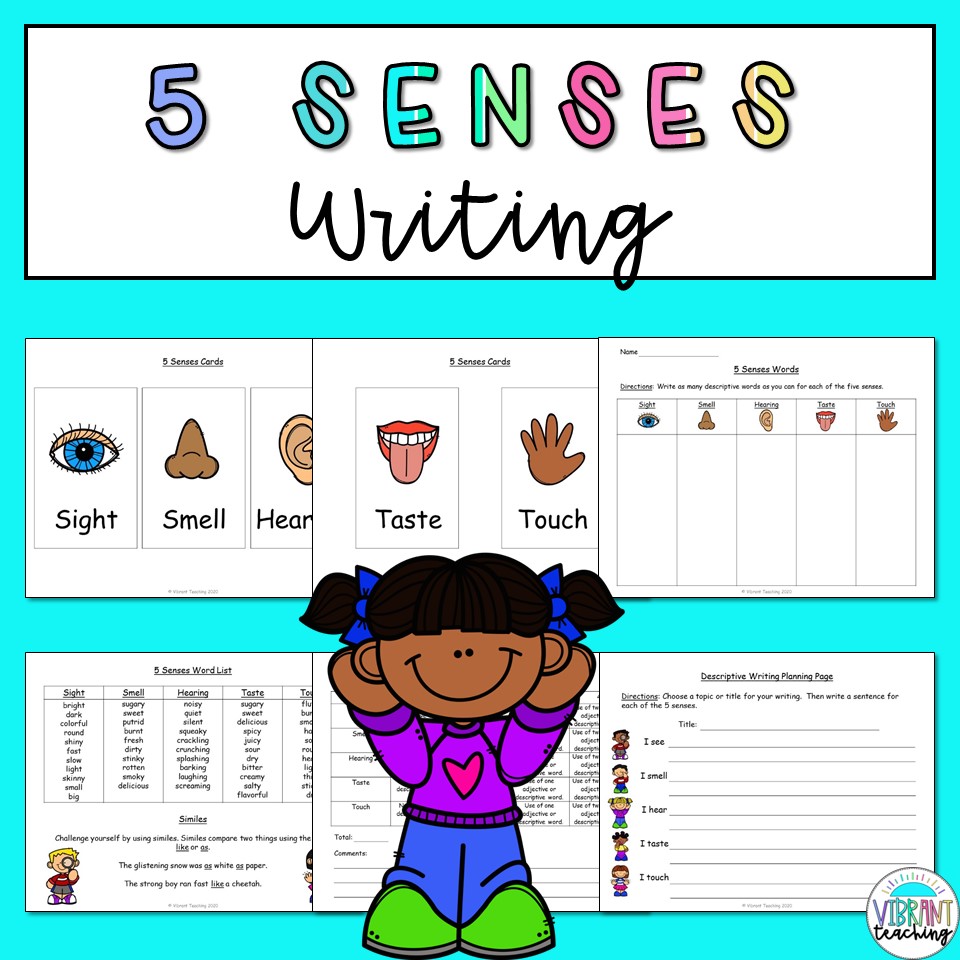
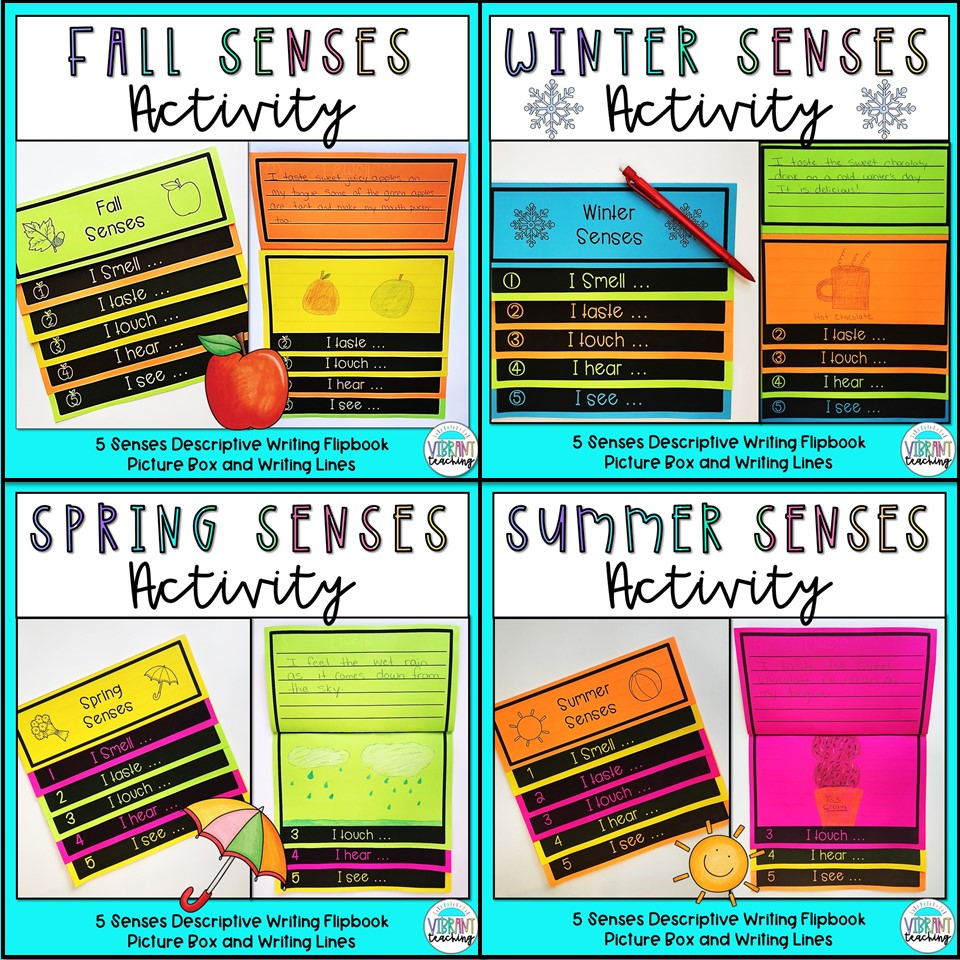 Fall Senses Flipbook
Fall Senses Flipbook
Vibrant Teaching is an Amazon Affiliate and receives a small commission for products purchased through these links. Thanks for your support!
109853 Views



I specialize in helping elementary teachers with writing resources, tips, and ideas. My goal is to save teachers time and energy so they can be vibrant inside and outside of the classroom! Read More
Get the news right in your inbox!
The end of the school year is approaching for many of us. We want to find new ways to keep students engaged and eager to learn. Here are 5 fun ways to finish up the school year strong!
1. Invite a Guest Speaker 🗣️
Think of someone that goes along with a topic from one of your units of study. It could be a professional speaker or even a parent. This is a fun way to keep students engaged and learning at the same time.
2. Do a Group Project 🎥
Projects are a great way for students to share about a topic they learned about during the school year. Change things up and let them decide how to share the information. Maybe through a presentation, skit, poem, mural, video, photos, etc. The possibilities are endless but be sure to tap into student's strengths, so they are engaged and excited to share.
3. Have a Trivia Battle 🏆
What's more fun than turning learning into a game? Set up a trivia game with different categories based on what was learned. The class can be broken up into pairs, small groups, or two teams. You can even have different battles where some groups can progress to "the finals" or final round. Think of fun things to incorporate like timers, buzzers, etc.
4. Get Outdoors ☀️
As the weather gets nicer, the last thing students want to do is be stuck inside. So, get outdoors as much as possible for your lessons. Just being in nature and hearing the sound of the birds can be very calming and relaxing. It also helps kids stay engaged and interested in learning.
5. Start a Little Free Library 📚
You have probably seen those book sharing boxes in different areas around town. They might even say, "leave a book, take a book." So, try this concept with a book exchange for your class. Have students bring in any books they no longer want. Then there can be a "shop" day where kids choose books to keep and take home to read over the summer. It gets them excited and encourages summer reading at the same time.